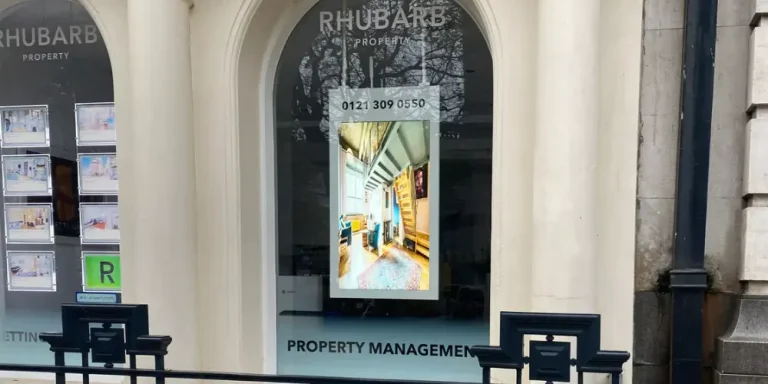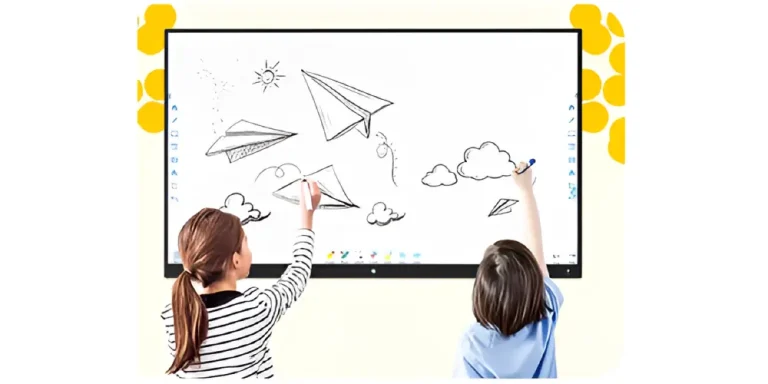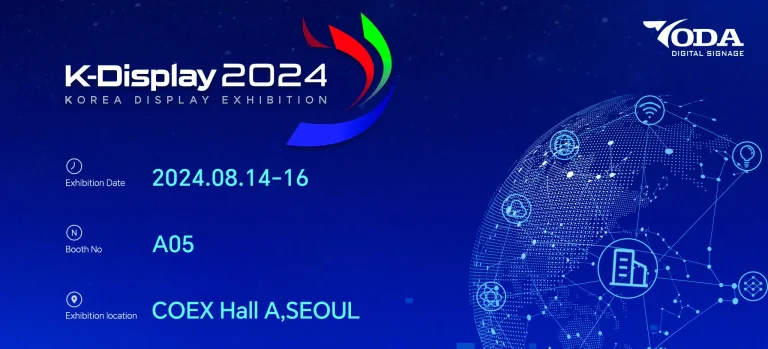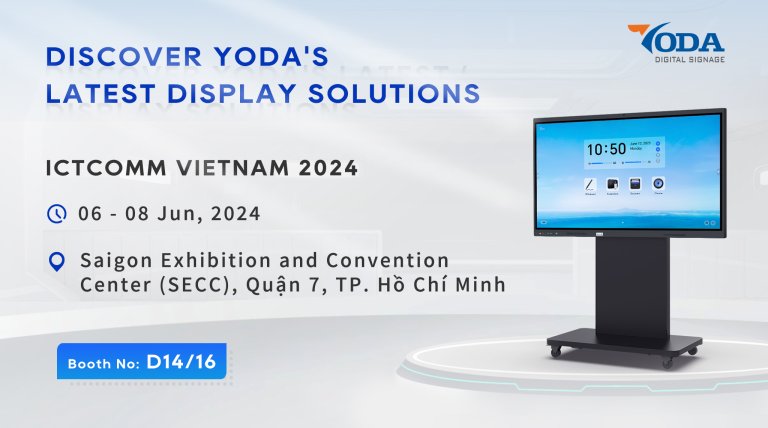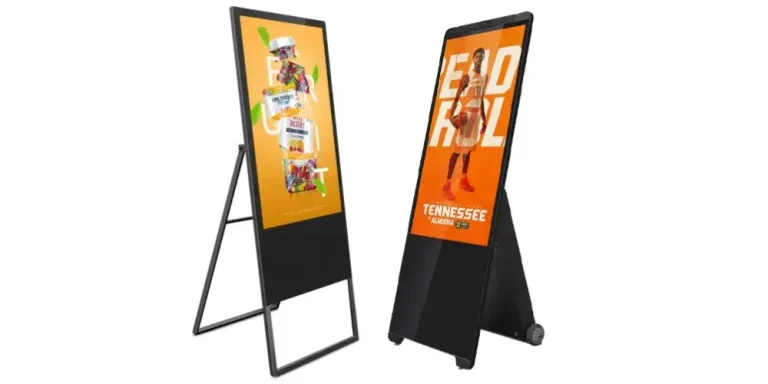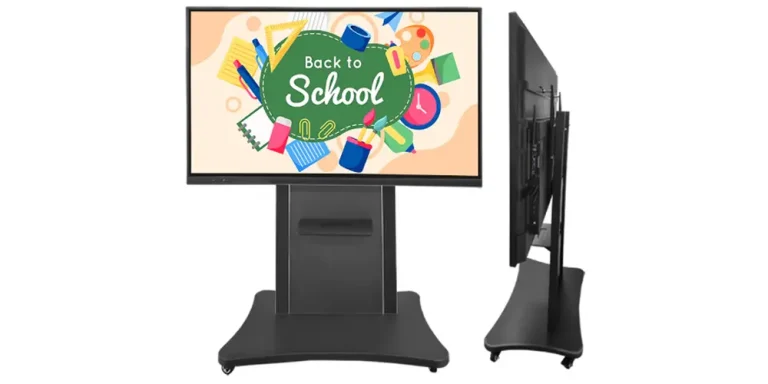
The Difference Between LED Video Wall and LCD Video Wall
With the use of video walls in more and more industries, the application scenarios of large screen display are wide, and the products are changing with each new day. Nowadays, the most common ones in the market are LED video wall and LCD video wall. This article helps you make a reasonable choice of video wall.
First of all, we should understand the basic meaning of LED and LCD.
LCD is short for Liquid Crystal Display, which mainly includes TFT, UFB, TFD, STN and other types of LCD video walls. One of the LCD color display devices, compared to STN, TFT has excellent color saturation, restoring power and higher contrast.
LED Display stands for Light Emitting Diode. LED applications can be divided into two categories: one is the LED display; Second, LED single tube application, including backlight LED, infrared LED, etc.
Secondly, we need to understand the different features of the two products.
LCD video wall has high brightness and high contrast. DID LCD screen has higher brightness, which is different from ordinary TV and computer LCD screen. The brightness of TV or computer LCD screen is generally only 250~300cd/m² (this unit is a brightness unit, pronounced Candela/square meter). The brightness of DID LCD screen can reach more than 700cd/m².

DID LCD screen has a contrast ratio of 1200:1, even up to 5000:1, more than twice that of traditional PC or TV LCD screens, and three times that of general rear-projection screens. Benefiting from the color calibration technology professionally developed for DID product, this technology can not only calibrate the color of the still picture, but also calibrate the color of the dynamic picture. Only in this way can we ensure the accuracy and stability of the screen output.
In terms of color saturation, DID LCD can reach a high color saturation of 80-92%, while the current color saturation of ordinary CRT is only about 50%. The 120Hz frequency-doubling liquid crystal display technology of DID product can effectively solve the trailing and blurring of the image in the process of rapid movement, enhance the clarity and contrast of the image, make the picture clearer, and the human eye is not easy to get tired when watching for a long time.
With this technology, the viewing angle can reach double 178° (horizontal and vertical). The application of PVA technology, namely “image vertical adjustment technology”, enables the LCD video wall to have a wider viewing angle. And LCD is the representative of flat panel display equipment, is a real flat display, complete no curvature of the large picture, no distortion.
LCD video wall not only has the characteristics of large display area, but also has the advantages of ultra-thin and light. It can be easily spliced and installed. The splicing special LCD screen, its excellent narrow edge design, so that the edge of the single piece is even below 1 cm, so that the small edge effect will not affect the overall display effect of the whole display screen.
High service life. The service life of DID LCD backlight can reach more than 50,000-100,000 hours, which ensures the consistency of brightness, contrast and chroma of each LCD screen used for video wall after a long time of use. And make sure the display has a service life of not less than 50,000 hours. Common LCD screen for TV, PC display design does not support continuous use day and night. DID LCD is designed for monitoring center and display center, supporting continuous use in 7×24 hours.

What are the features of LED display?
1. The luminance is strong, and the display content is clearly visible when the sunlight hits the screen surface in the visible distance.
2. Automatic brightness adjustment has the function of automatic brightness adjustment, which can obtain the best playback effect under different brightness environment.
3. Video, animation, charts, text, pictures and other information display, network display, remote control.
4. Advanced digital video processing, distributed scanning technology, modular design/constant-current static drive.
5. Super gray control with 1024-4096 level gray control, display color 16.7M or more, color clear and realistic, three-dimensional sense
6. Static scanning technology adopts static latch scanning mode, high-power drive, fully ensure the brightness.
7. Full use of imported large-scale integrated circuit, reliability greatly improved, easy to debug and maintenance.
8. Clear image, no jitter and double shadow, to eliminate distortion.
9. Ultra bright pure color pixel.
10. All-weather work fully adapt to all kinds of bad outdoor environment, waterproof, moisture-proof, anti-corrosion, lightning protection, anti-seismic overall performance is strong, display performance is good, cost-effective, pixel cylinder can be used P10mm, P16mm and other specifications.
To sum up, due to different structures and materials, there are some differences between LED video wall and LCD video wall in function. Then in the scene application, the four most common application industries of LCD video wall are shopping malls, conference rooms, security monitoring and teaching applications. In addition, financial and securities information display terminals, transportation industry information display terminals, commercial, media advertising, product display and other display terminals, traffic hub command systems are also gradually used.
LED display screen is used in sports, advertising, transportation, stations, docks, airports, hotels, banks, securities market, construction market, taxation, shopping malls, hospitals, finance, industry and commerce, post and telecommunications, industrial enterprise management and other indoor and outdoor scenes.

